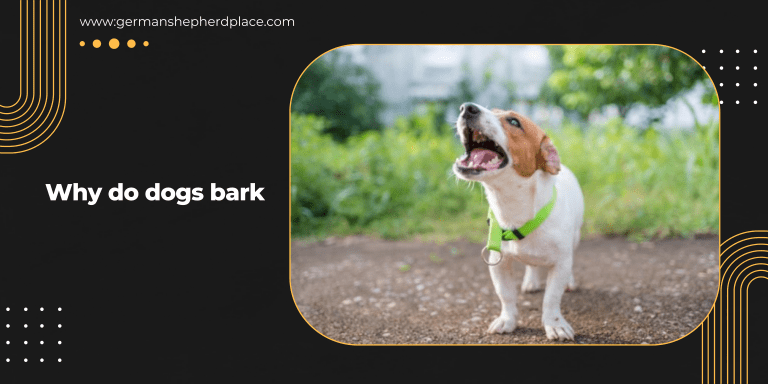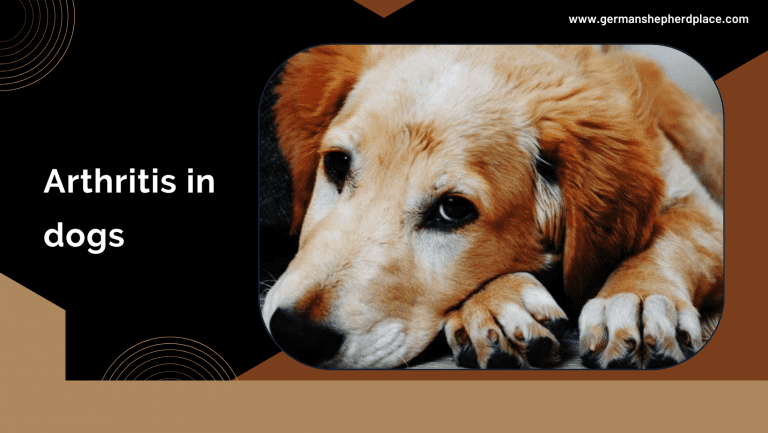Why is my dog making weird breathing noises?
Many owners of dog owners noticed unusual symptoms in their pets. With a “grunting” sound, the ribs are lifted very sharply, and the dog tries to stretch the neck as far forward as possible. This attack lasts about 15-60 seconds.
The apparent condition of the dog during this
- It seems that the dog is about to stop breathing.
- At the same time, it can stretch its neck and freeze, often the muscles of the chest and abdomen contract spasmodically.
- Sometimes the dog falls on its front paws
- Lies on its stomach, there is increased salivation.
This condition is known as “reverse sneezing”. The attack of “reverse sneezing” lasts from several seconds to several minutes. Both before and after the attack, the dog feels, looks and breathes absolutely normal. Attacks are single, but sometimes they can be repeated.
How to Help the Dog During Wired Breathing Attack
if you want to help your beagle and shorten the duration of the attack, you can try one of the very simple tricks:
- Lightly stroke the dog’s jaw and throat. The dog will swallow – this will relax the throat muscles and normalize breathing.
- Use one hand to secure the dog’s head, and with your fingers, close both nostrils of the beagle so as to block the flow of air. This will force the dog to open its mouth and inhale deeply, which will help to quickly stop the attack.
- Use one hand to pinch the dog’s nostrils and stroke the throat with the other – the dog will open its mouth for a deep breath, swallow, and the attack will stop.
If seizures are repeated several times a day and are not relieved by closing the nostrils and stroking the throat, you should see a doctor for a thorough examination of the dog. Most likely, this is not a “reverse sneezing” problem, and the doctor will find another reason
Why is my dog wheezing
There can be many reasons why a dog wheezes and they will not always be negative, but this state of the pet should not be ignored anyway. The type of wheezing will help determine the disease itself, the extent, and causes.
Laryngospasm or laryngeal edema
This is the first possible reason. Depending on the source of the disease, it can be the bronchi, trachea, and lungs, emit moist and dry wheezing.
- The causes of its occurrence can be various allergies
- The penetration of foreign bodies into the pet’s throat.
- The seizure is sometimes caused by tightening the collar.
At the same time, the dog begins to wheeze, as if choking, and at the onset of the attack itself, it looks furious and tries to capture as much air as possible with its mouth. During this process, the mucous membranes of the dog may acquire a bluish tint.
In most cases, with a timely visit to the veterinarian, laryngospasm is treated without further possible complications.
Collapse of the trachea
In this case,
- The dog’s trachea changes in shape and thickens in places,
- creating an obstacle to the flow of air.,
- Dogs of dwarf breeds are susceptible to this ailment.
In the early stages, the disease is quite difficult to identify; from the manifestations, only a rare cough can be noticed. In subsequent stages, shortness of breath, weakness, loss of consciousness is acquired, and the dog also wheezes heavily and possibly sneezes most of the time .
Brachycephalic syndrome
This disease affects dogs with small and round skulls and flattened noses. The development of the disease for these breeds is a normal biological phenomenon due to the peculiar structure of the skull. The disease can be diagnosed by the following signs:
- Narrowing of the nasal passages,
- Swelling of the soft palate
- Change in the shape of the larynx.
- At the same time, the dog snores, breathes heavily, inhaling, clearly sniffles and you can notice blue mucous membranes.
Swelling of the lungs.
The mechanism of the disease is the accumulation of the liquid part of the blood in the lungs. It is possible to understand that edema has appeared in the dog’s lungs by severe shortness of breath and blue mucous membranes.
Paralysis of the larynx or vocal cords.
In this state,
- the air enters in a small amount through the glottis,
- the dog may begin oxygen starvation.
Dalmatians, Rottweiler’s, and huskies or huskies are most commonly affected by respiratory paralysis. This disease is more common in male dogs.
What do you do when your dog is wheezing
A common question asked by multiple dog owners to the veterinarian is “what to do when your dog starts wheezing”
Of course, when wheezing appears in a dog, it must be immediately shown to the veterinarian. Dog making weird breathing noises for many reasons.This is nearly impossible to determine the diagnosis on your own. If the owner notices the growing wheezing character of the dog and strange behavior similar to an attack, it is necessary to :
- Provide oxygen to the animal by opening windows.
- It is strictly forbidden to touch the dog’s chest. Especially if the animal is lying in a strange position.
- With an uncritical state of health of the dog, it will not be superfluous to examine its mouth for the presence of objects that have fallen into it.
Warning
The animal in such cases can reflexively bite a person. So be aware while providing assistance to the animal.
Final Words
Wheezing in a dog is an unpleasant symptom, both for the pet itself and for its owner, therefore, the veterinarian in such cases should be consulted as soon as possible in order to avoid more serious complications or even death. The correct therapy is prescribed depending on the cause of wheezing. This can be diagnosed with x-rays, bronchoscopy, and other viewing options for the throat. In some cases the dog will be subjected to surgery to cure it.
Related Links:
- https://en.wikipedia.org/wiki/Laryngeal_paralysis /By Wikipedia
- https://en.wikipedia.org/wiki/Brachycephalic_airway_obstructive_syndrome /By Wikipedia
- https://en.wikipedia.org/wiki/Noise_phobia_in_dogs /By Wikipedia
- https://en.wikipedia.org/wiki/Bark_(sound) /By Wikipedia
- https://www.wikihow.com/Stop-Reverse-Sneezing-in-Dogs /By Wikihow
- https://www.wikihow.com/Diagnose-Breathing-Problems-in-French-Bulldogs /By Wikihow
- https://www.wikihow.com/Diagnose-Respiratory-Problems-in-Bulldogs /By Wikihow






